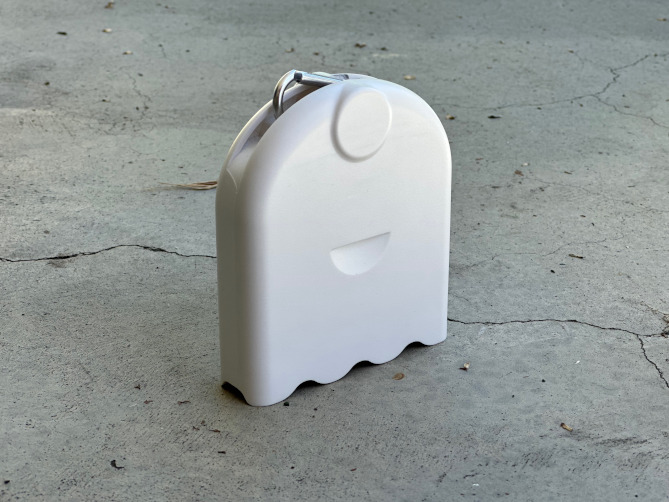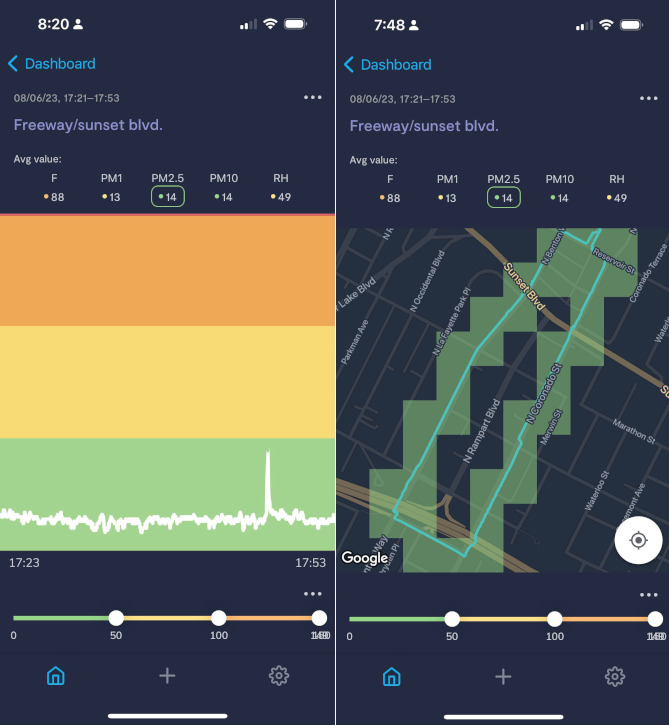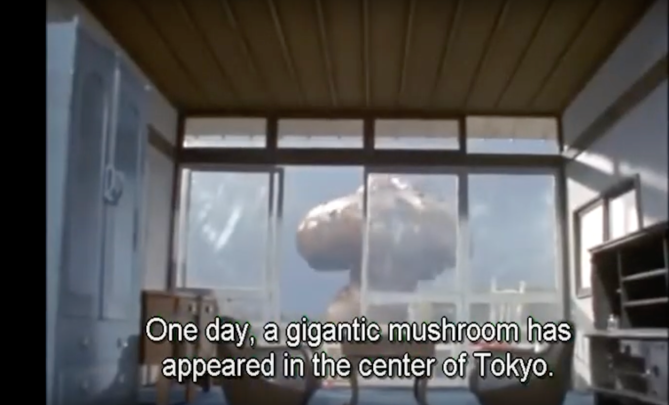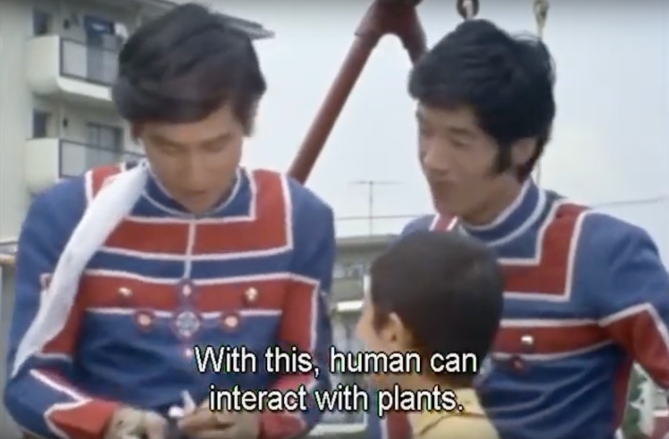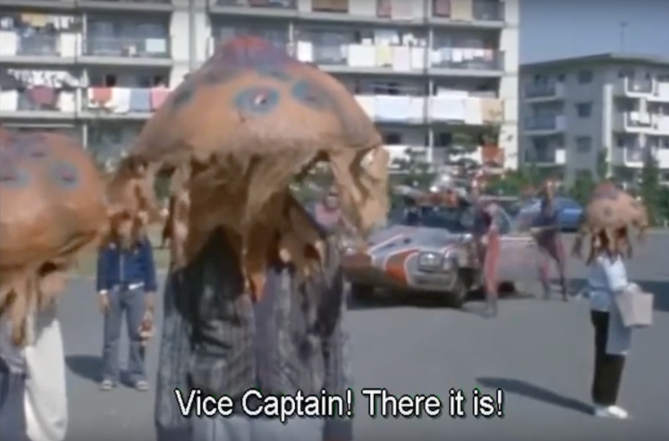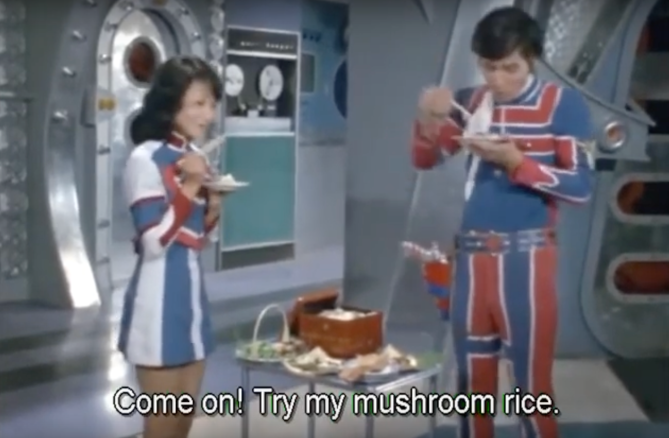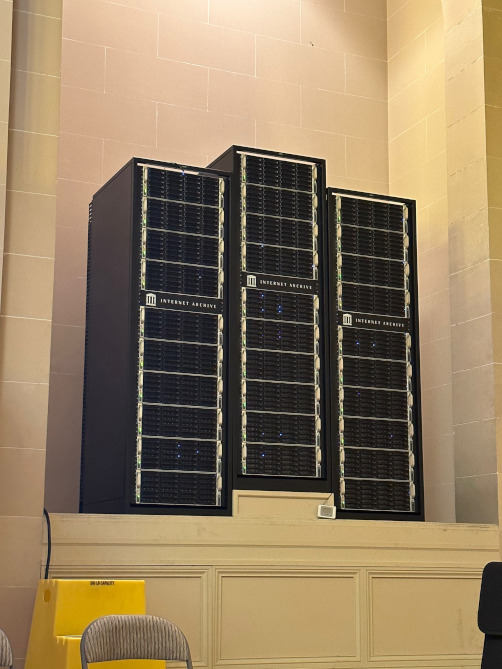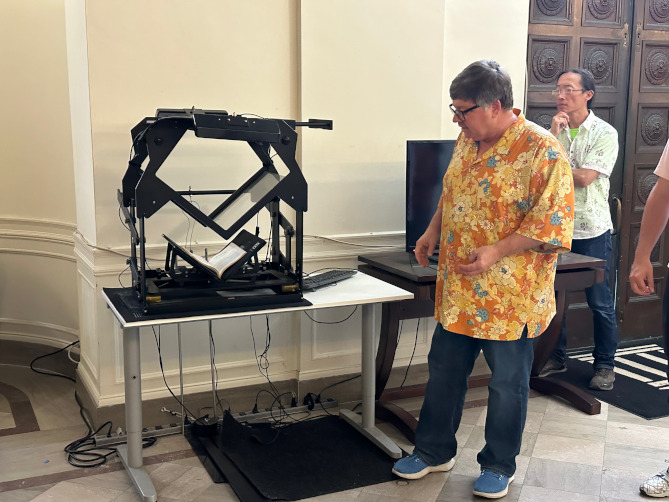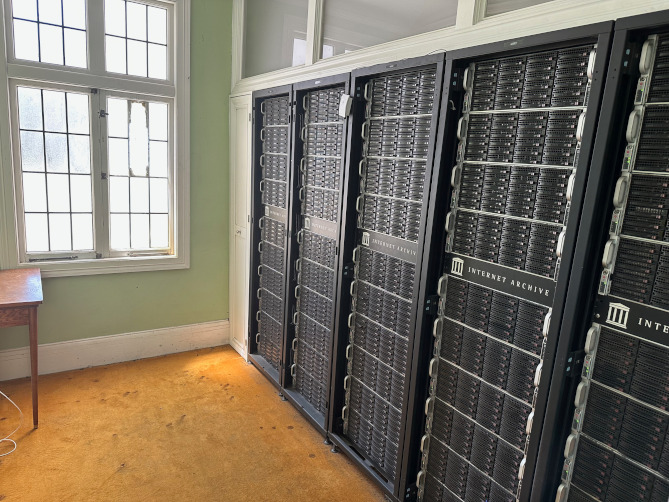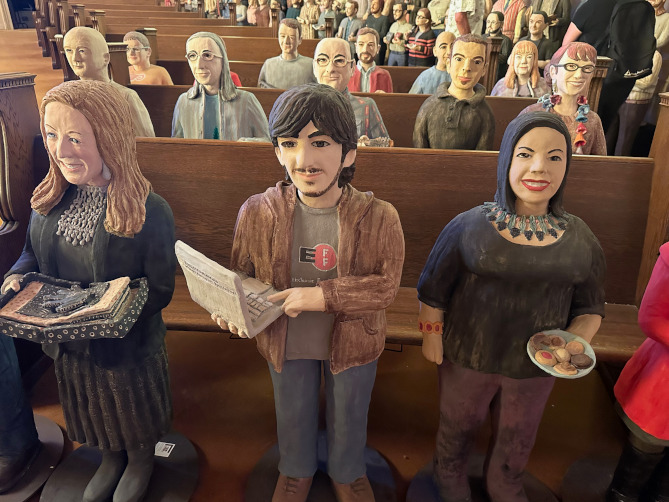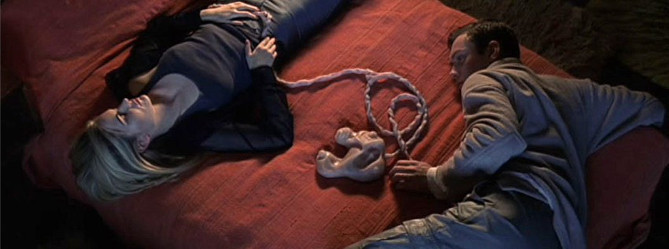
Like many, I struggle with digital clutter–too many photos, emails, and articles I’ll never look at again. To tame the photo clutter, I downloaded an app to sort through years worth of digital photo detritus. The app I tried is kind of like Tinder for photos. A simple swipe sends a photo to a folder or to the trash. It was useful but ultimately too buggy: it crashed frequently and can’t seem to handle videos. And, of course, the features this app has should be built into iPhoto itself.
More interesting than the app was the exercise of time traveling backwards, via my photos, though the pandemic. Concurrently with this exercise Kelly and I watched the vastly underappreciated David Cronenberg movie eXistenZ and, in my mind, this film, and my digital photos and the pandemic became one.
What struck me about the contents of my phone during the pandemic was the sudden increase in memes, indicating a lot of time spent online looking at Instagram and the website formerly known as Twitter. The early pandemic period sorted us into the Useful People, who care for the sick, build houses, grow and sell food and the Useless People who look at their phones and attend Zoom meetings. For some it was a a world of anxiety, literal blood and guts and for others the time to kick back on the couch and watch every episode of Tiger King. But this is, of course, too much of a dualistic view. Many who were stuck at home also had to deal with the reality of panic over finances and taking care of family members.
And most of us, including a lot of Useful People, ended up spending a lot of time looking at screens and this is where the paradox of all that digitality and Cronenberg’s movie align. All the digital photos I accumulated are “virtual” in the sense that they seem to occupy no physical space but this masks the reality that our digital files, in fact, very much occupy the “meatspace” of digital cloud storage, an industry that uses immense amounts of power, occupies countless technicians, programmers, HR departments, outsourced content moderators and janitors and eats up land in the from of massive warehouses, power stations, undersea cables and telecommunications stitching facilitates. The hidden physical reality of computer space is realized and satirized in eXistenZ in the virtual world of a video game that sits atop an infrastructure of typical Cronenbergian biological messiness: game controllers made from the parts of some kind of mutant salamander creature assembled in hellish Third World butcher shops.
eXistenZ also troubles the idea that we can somehow have a viewpoint outside of the virtual one we inhabit. This is one of the many ways in which eXistenZ is a much better movie than The Matrix which has an overly Manichean take on reality, and implies that we can escape into the Real (in the later Matrix sequels revealed as the 1990s underground rave city of Zion).
More fundamentally, eXistenZ also undermines our sense of who is the “I” inside of us. The characters in eXistenZ, (who are also of course real life actors in a movie) begin to question their own lines of dialog, wondering why they are conforming to the plot of the video game within the film. As Mark Fisher points out this mirrors the ways in which we find ourselves acting on the wishes of some algorithm, following the guidance of Google Maps, some fitness app or getting in a flame war on social media and thereby feeding the conflict based profit model of our Silicon Valley lords. Are we tweeting or being tweeted? as Richard Seymour might put it.
If Cronenberg’s icky body horror puts you off, know that in this movie its a bit tamer than his others and played for laughs. There’s a whole bit about a biological orifice for the game controller that’s hilarious but also speaks to the fear of infection, physicality and proximity to other people that the pandemic exacerbated. And eXistenZ‘s game controller reminds me of the way the engineers at Apple made my new iPhone shudder when I touch it, creating a tactile desire very much like the appeal of the fleshy, nipple like appendages of the bio-electronic controller in eXistenZ that the characters just can’t seem to resist fondling.
Unlike the Matrix there’s no neat way out of the mirror house postmodernity of the eXistenZ universe. Ariadne has left no thread to escape the maze. The best you can do is to map the territory. Towards that end, instead of a photo sorting app, I’ll leave you with two book recommendations: K-punk : the collected and unpublished writings of Mark Fisher which contains the essay on eXistenZ that inspired this post (I’d recommend reading his book Capitalist Realism: is there no alternative? first), and Richard Seymour’s The Twittering Machine. If you know of a good photo sorting app leave a comment!
